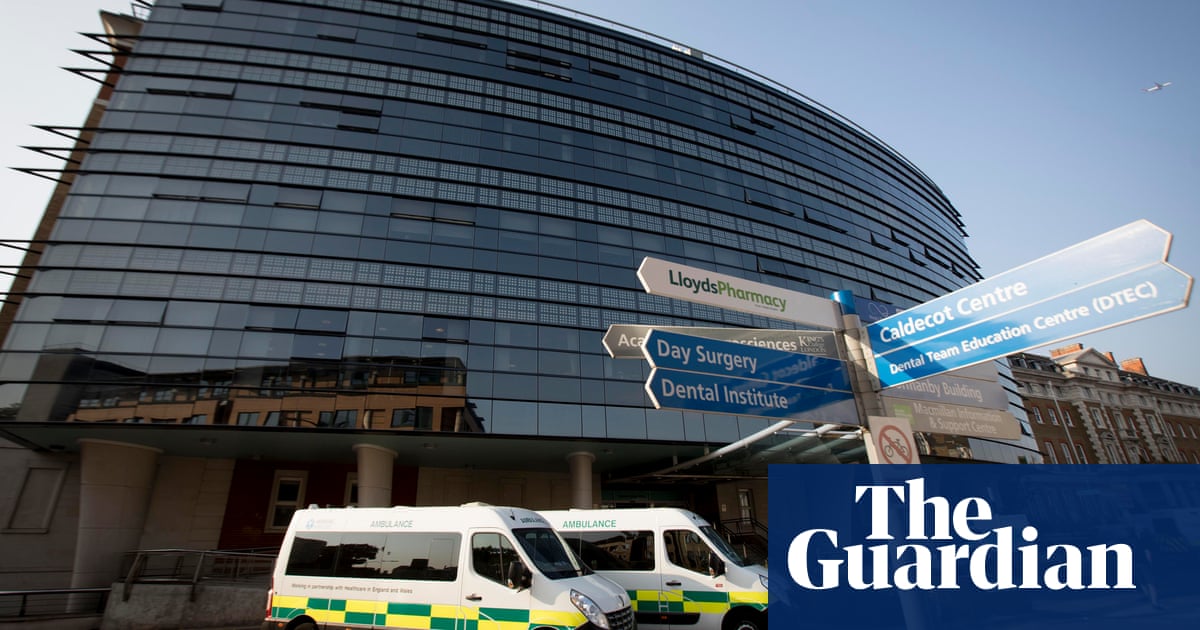
The hospital admissions of a nine-year-old girl who died after an acute asthma attack almost all took place during autumn and winter months when air pollution levels are at their highest, an inquest heard on Tuesday.
Prof Stephen Holgate, a respiratory disease expert, said Ella Kissi-Debrah had been living on a knife-edge, and it would take just a small change to create a dramatic collapse in the child.
Ella died on 15 February 2013 after suffering two and a half years of acute asthma, which saw her taken to hospital nearly 30 times, and left her on five occasions with partial or complete lung collapse.
Her death coincided with a high air pollution episode in London, including in Lewisham, where the child lived.
The inquest in London is being asked to determine if illegal levels of air pollution from the traffic near her home in Lewisham, just 25 metres from the busy south circular road, caused or was a contributory factor in her death.
Holgate, professor of immunopharmacology and consultant respiratory physician of Southampton University and Southampton general hospital, said the asthma which nine-year-old Ella suffered was atypical and characterised by hypersecretions in her lungs that blocked her airways.
“She was drowning in her own secretions,” he said.
The inquest has heard that illegal levels of air pollution in the area where Ella lived and died should have been treated as a public health emergency.
Holgate told the hearing he believed had she moved to a less polluted area, it was highly probable there would have been a different outcome for Ella.
He said the triggers of her asthma getting worse were not allergens or respiratory infections, as in many cases of asthma.
Referring to a graph of air pollution and Ella’s periods of hospital admissions in the two and a half years of her illness, he said it showed that all but two of her multiple life threatening acute asthma attacks took place in the autumn and winter months when air pollution levels are at their highest.
Holgate drew a direct causal link to the levels of air pollution and her condition worsening to require admission to hospital.
“I am suggesting that a biological cause of her disease was that during those winter months where air pollution was getting worse in her area, as occurred in the smogs of the 50s, this was when she would be experiencing her worst exposures.
“Whereas in the summer months when air pollution levels drop … her symptoms decreased.”
Holgate paid tribute to Ella’s mother Rosamund Kissi-Debrah for fighting to get the case heard at a second inquest. “What an amazing person her mother is to have been able to keep on with this and have such resilience … she deserves a huge amount of respect.”
Having studied Ella’s notes and case for nearly two years, he said there were significant features of her asthma which were very different from other forms of asthma. It was defined by hypersecretions in her lungs, and the disease changed the structure of her lungs dramatically.
Earlier the inquest heard from Prof Paul Wilkinson, a professor of environmental epidemiology at the London School of Hygiene & Tropical Medicine, who said there was no clear evidence that the days of Ella’s admissions to hospital coincided with spikes in air pollution.
But Holgate said her disease was not episodic, the attacks came in clusters, all but two of which took place in autumn and winter when air pollution levels from traffic and other sources are higher.
It was the cumulative impact of the toxic air she was breathing in – rather than a direct link between a single air pollution peak and a single hospital admission – that was killing her, he said.
He said as her disease progressed the frequency and duration of the attacks she suffered, leading to collapse, were increasing.
“Overall the air pollution she was exposed to … was the major driver of her hypersecretory state,” he said.
He pointed out a marked improvement in her condition, when her symptoms disappeared from May 2012 through the last summer of her life.
“She is actually performing very well here,” he said. “There were no symptoms and at the same time air pollution levels across the whole period were among the lowest that have been recorded.
“So what i am suggesting is a cumulative effect. All the time she is being exposed to NO2 [nitrogen dioxide], she is living on this knife-edge, and moving across the line between being able to carry on, and not being able to carry on, and the frequency and total number of episodes progressively increases until we reach that last period of her life.”
The last critical episode took place in February 2013, when Ella was rushed to hospital and doctors failed to resuscitate her.
Ella’s mother, Rosamund, told the hearing on Monday that had she known about the impact of air pollution on her daughter’s illness, she would have moved house immediately.
The hearing continues.












